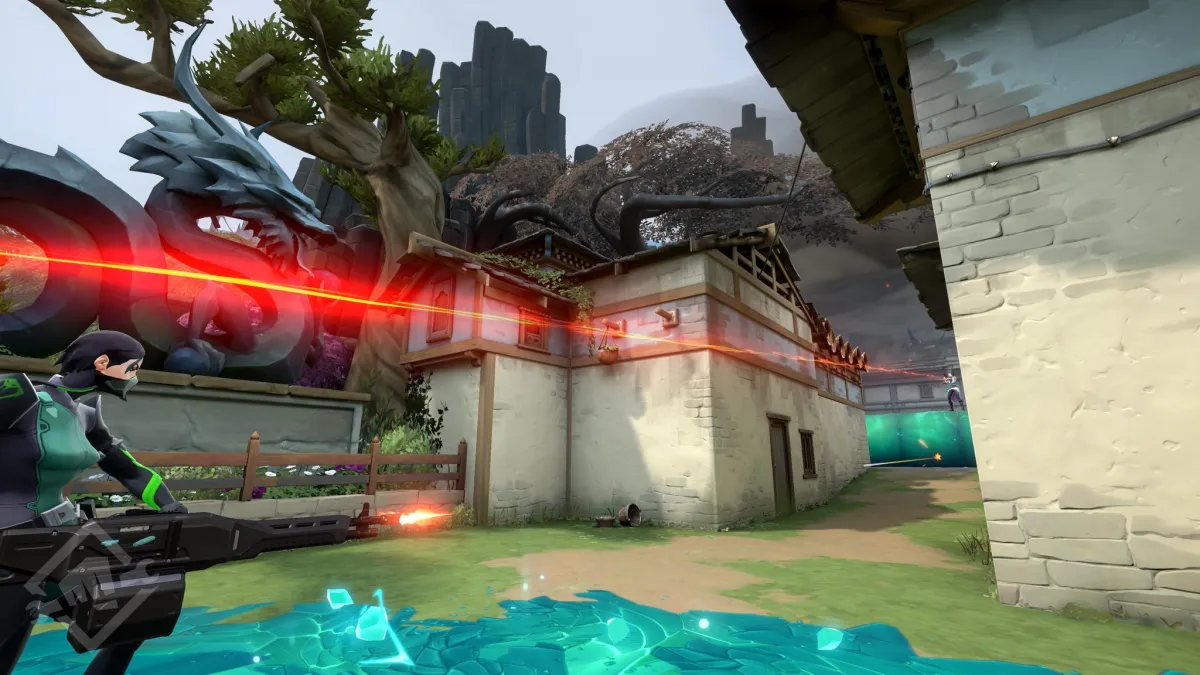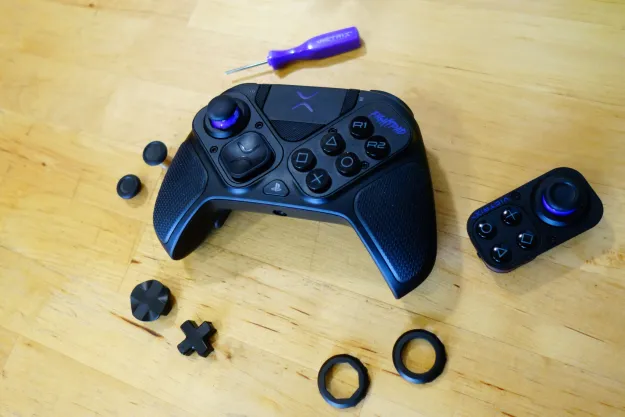League of Legends developer Riot Games has been hard at work on its next desktop-exclusive multiplayer game, Valorant. In addition to being Riot’s first foray into shooters, Valorant mashes elements from similar games to create a unique experience. In this guide, we’re going to answer the question, “what is Valorant?” Additionally, we’ll cover all of the other details we know about Riot’s shooter.
Further reading
What is Valorant?
The game was originally announced in October 2019 as Project A, and League of Legends developer Riot Games officially announced it as Valorant a few months later. It’s somewhat of a post-postmodern game, combining elements of Overwatch, Counter-Strike: Global Offensive, and, of course, League of Legends.
It’s a 5v5 multiplayer first-person shooter (FPS) where one team attacks and the other defends. The main game mode, Search and Destroy, is very similar to CS:GO. The attacking team’s goal is to plant a bomb (called a spike) and have it detonate, while the defending team tries to avoid that. Regardless of whether the spike is planted or not, if a squad is wiped out before any other victory condition is met, the opposing squad will win.
Matches are 25 rounds long, with each round lasting 100 seconds. The first team to win 13 rounds wins the match overall. At the beginning of the round, you’ll have 30 seconds to buy weapons and gear for that round. If you die in a round, you’ll have to wait until the next round to respawn. This main game mode can be played in either unrated or ranked matches.
It sounds just like CS:GO’s Defuse game mode, but Riot has a twist on the formula. In addition to buying weapons, you’ll also choose an Agent at the beginning of each round. Each Agent has an ability, ranging from healing allies to making walls appear out of nowhere. Considering Valorant takes a MOBA-based approach to Agents, you’ll likely need a good spread of abilities if you want to win a match. Note, however, that you’ll need to buy some abilities at the beginning of a round.
Since launch, Valorant has added the Spike Rush game mode. This is a quicker, best-of-seven-rounds mode where every attacker is equipped with a spike, and all players have the same weapon and all of their abilities; there is no buy round.
Valorant‘s seasons will be known as Acts, each bringing new additions to the game including new Agents, maps, and modes.
What platforms is Valorant on?

Valorant is a PC-exclusive game right now. Valorant lead game designer Trevor Romleski confirmed on a Twitch stream that the “focus right now is on PC.” Romleski also said, however, that the team is “open to exploring new opportunities for other platforms.” For the time being, the only way to play Valorant is on PC. We’re assuming that if the game is successful, though, it’ll likely be ported to PS4 and Xbox One in the future. Maybe we’ll even see a PS5 and Xbox Series X release.
Does Valorant have loot boxes?
It seems we’ve finally reached the point where loot boxes aren’t par for the course with this type of free-to-play shooter. Riot Games confirmed that Valorant won’t have any loot boxes. Players can purchase gun cosmetics — Agent cosmetics are still up in the air — but they’ll be distributed through a store, not through loot boxes. If you want to buy a bunch of skins at once, the store also has packs that bundle skins based around a central theme.
Does Valorant have a battle pass?
Yes. If you have the pass, you’ll receive rewards the more you play, and each pass refreshes with every new Act.
What are the Valorant system requirements?

Valorant, like most other competitive shooters, has very low system specs. Any modern machine can tear through the game with 144+ fps, while older systems should still maintain a solid 60 fps. We don’t know for sure what resolution or graphical quality the specs are based on, so you may have to lower your quality or resolution if you have an older system. Here are the system requirements released by Riot Games.
Minimum requirements
Before getting to the CPU and GPU, you’ll need at least these specs to even run Valorant.
- OS: Windows 7-10 64-bit
- RAM: 4GB
- Video Memory: 1GB
Minimum system specs ~ 30 fps
- CPU: Intel Core 2 Duo E8400
- GPU: Intel HD 4000
Recommended system specs ~ 60 fps
- CPU: Intel i3-4150
- GPU: GeForce GT 730
High-end system specs – 144+ fps
- CPU: Intel Core i5-4460
- GPU: GeForce GTX 1050 Ti
Will Valorant have more game modes?
The only Valorant game modes right now are the CS:GO-like Search and Destroy mode and the Spike Rush mode. The Valorant development team is on record saying they’re open to exploring other game modes.
How many maps and Agents are there?

As a tactical shooter game, Valorant has no shortage of battlegrounds and characters to choose from. So far, the game has four maps called Ascent, Bind, Haven, and Split. Each map has unique points of interest and its own challenging layout. While Riot has promised more maps and Agents in future patches, the timeline for these updates isn’t clear.
Currently, Riot has not announced the protocol for adding new agents. Depending on their plan, Riot could either let you acquire new agents for free or offer them as part of an upgrade, like how they did with the Apex legends’ battle pass. The goal of every map in Valorant is the same, which makes it easy to find your purpose no matter where you’re playing. You’ll always have the opportunity to decide if you’re going to carefully deactivate your enemy’s explosives or attack them with a bomb of your own. The agents in the game fall into one of four classes, each granting related abilities. The Duelist class, which contains Jett, Phoenix, Raze, and Reyna, is a front-line assault class.
The Initiator class works behind the scenes to find information that will help with gameplay; these agents include Breach and Sova. The Controller class is an offensive support specialization that includes Brimstone, Omen, and Viper. Finally, Sage and Cypher are both Sentinels, a defensive tank class.
Riot introduced a new Sentinel agent on August 4th. Killjoy is the 12th agent and the third Sentinel character you can play in Valorant. Killjoy has a thorough backstory that establishes her as a German engineer who specializes in robotics. Be sure to try out this agent and take advantage of her robotics background. When you play Killjoy, you can use a drone fleet as your personal army.
Editors' Recommendations
- Valorant’s next agent can use some of their abilities after dying
- Everything you need to know about Nintendo Switch Online
- Twitch to reportedly lay off 35% of its workforce
- What is Discord? What you need to know about the messaging app
- Everything we know about about Hideo Kojima’s OD: trailer, platforms, and more





